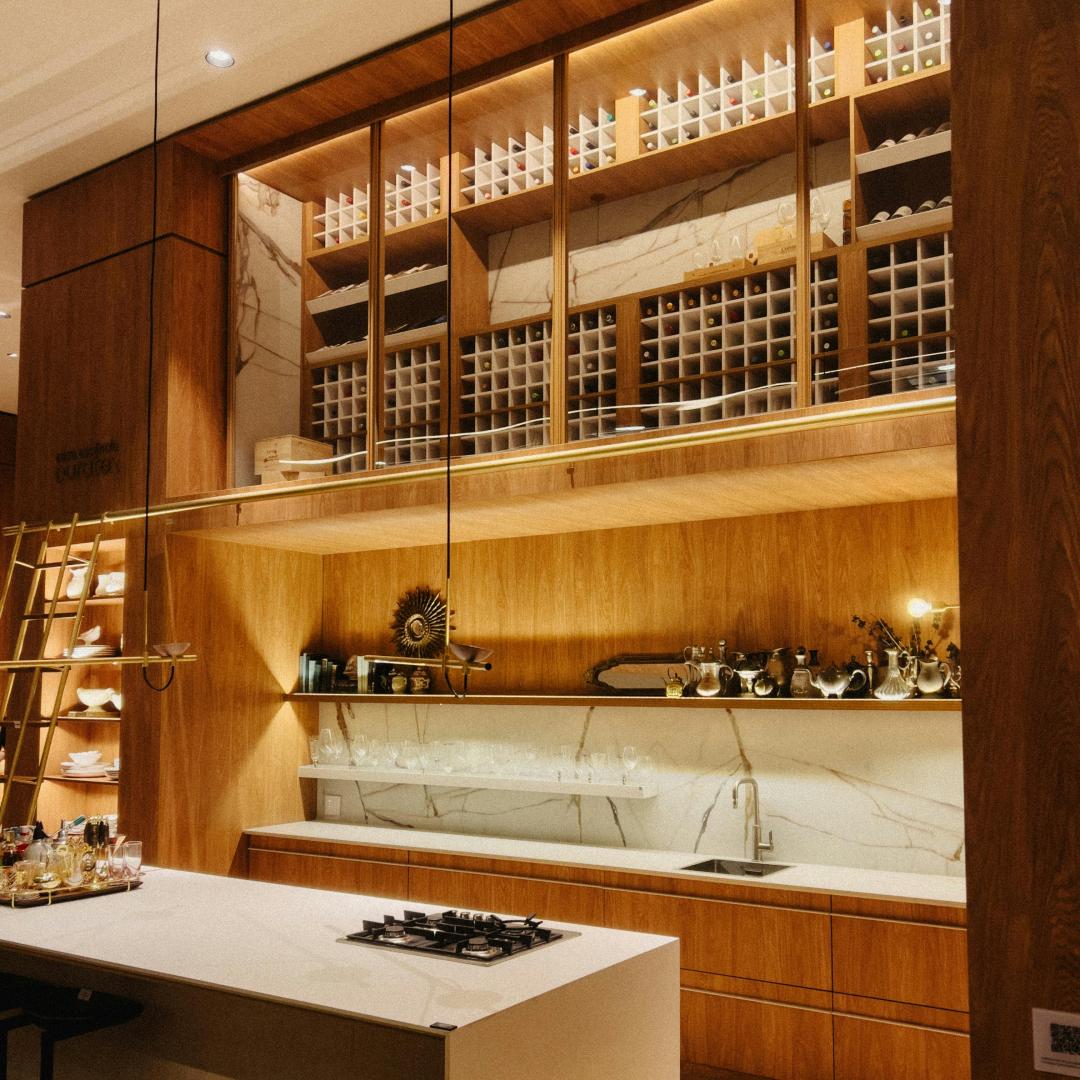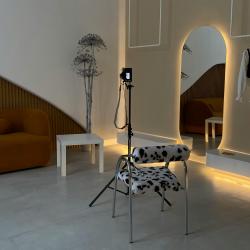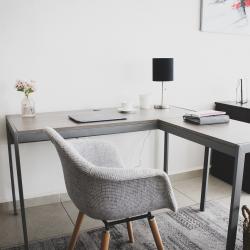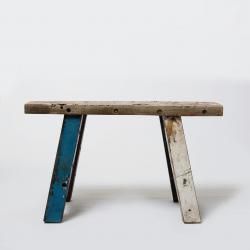How to Mix and Match Furniture for a Stylish Look
The days of purchasing matching furniture sets are long gone. Modern homeowners and designers alike are embracing an eclectic approach, blending various styles, colors, and textures to create spaces that are not only stylish but also deeply personal. Mixing and matching furniture allows for a fusion of classic and contemporary, bold and subtle, resulting in a cohesive look that's anything but cookie-cutter. Here’s how you can master the art of mixing and matching furniture for a stylish and unique home aesthetic.
1. Establish a Cohesive Color Palette
The key to mixing and matching furniture successfully lies in establishing a cohesive color palette. Choose a base color that can be threaded through different elements of your space, such as walls, textiles, and accessories. Complement this base with a few accent colors to add depth and interest. A well-chosen palette will ensure that even the most diverse furniture pieces feel like they belong together.
2. Balance Different Styles
Combining modern pieces with vintage finds can breathe new life into a room. The trick is to strike a balance between different styles. For example, pair a sleek, contemporary sofa with a classic wooden coffee table or an ornate vintage armchair. Mixing styles adds character and can tell a story, making your space feel collected over time rather than purchased all at once.
3. Vary Textures and Materials
Playing with textures and materials is another essential technique. Combine soft fabrics like velvet or linen with hard materials like metal or wood. A plush rug can anchor a room with minimalist furniture, while a glass or marble table can add sophistication to a rustic setup. Different textures add layers and tactile experiences, enriching the ambiance of your space.
4. Use Patterns Wisely
Patterns can energize a room but should be used strategically to avoid overwhelming the space. If you have bold patterns on large furniture pieces like sofas or rugs, balance them with solid colors or subtle patterns elsewhere. Alternatively, layer patterns of different scales and styles to create a dynamic, lively look. Be sure that all patterns work within your established color palette to maintain harmony.
5. Create Focal Points
Each room should have a focal point that draws the eye and anchors the space. This could be a striking piece of art, an oversized lamp, or a stunning piece of furniture. Use surrounding furniture to complement and highlight this focal point without overshadowing it. Doing so provides a visual hierarchy that guides viewers naturally through the room’s design.
6. Be Mindful of Proportions
Scale and proportion are critical when mixing furniture styles and sizes. A massive sectional sofa can easily dwarf a delicate coffee table, throwing a room off balance. Aim for proportionate furniture that maintains a sense of equilibrium in the space. Use rugs, plants, and wall art to further balance the visual weight of different pieces.
7. Keep Functionality in Mind
While aesthetics are vital, functionality shouldn’t be overlooked. Ensure that your furniture choices accommodate your lifestyle needs. Consider how you will use the space daily; this practicality will guide your design decisions and ultimately ensure your space is both beautiful and livable.
Conclusion
Mixing and matching furniture doesn't have to be daunting. By establishing a cohesive color palette, balancing styles, varying textures, using patterns wisely, creating focal points, maintaining proportion, and minding functionality, you can craft an interior that is as stylish as it is individual. Remember, a home should be a reflection of your personal taste and comfort, so let your creativity flow and embrace the eclectic charm of mixed furniture.






















